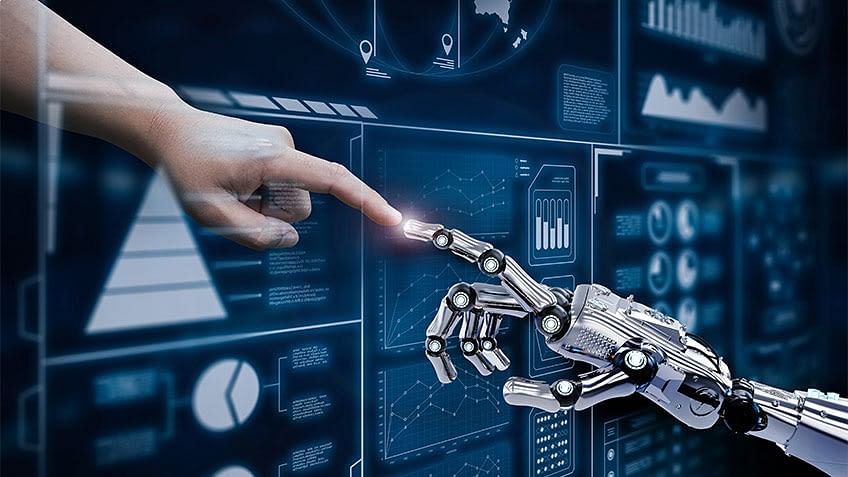We, humans are very perfect in applying the transfer of knowledge between tasks. This means that whenever we encounter a new problem or a task, we recognize it and apply our relevant knowledge from our previous learning experience. This makes our work easy and fast to finish.

For instance, if you know how to ride a bicycle and if you are asked to ride a motorbike which you have never done before. In such a case, our experience with a bicycle will come into play and handle tasks like balancing bike, steering, etc. This will make things easier compared to a complete beginner. Such leanings are very useful in real life as it makes us more perfect and allows us to earn more experience.
Following the same approach, a term was introduced Transfer Learning in the field of machine learning. This approach involves the use of knowledge that was learned in some task, and apply it to solve the problem in the related target task. While most machine learning is designed to address a single task, the development of algorithms that facilitate transfer learning is a topic of ongoing interest in the machine-learning community.
Why transfer learning?
Many deep neural networks trained on images have a curious phenomenon in common: in early layers of the network, a deep learning model tries to learn a low level of features, like detecting edges, colours, variations of intensities, etc. Such kind of features appears not to be specific to a particular dataset or a task because of no matter what type of image we are processing either for detecting a lion or cars. In both cases, we have to detect these low-level features. All these features occur regardless of the exact cost function or image dataset. Thus learning these features in one task of detecting lion can be used in other tasks like detecting humans. This is what transfer learning is. Nowadays, it is very hard to see people training whole convolutional neural network from scratch, and it is common to use a pre-trained model trained on a variety of images in a similar task, e.g models trained on ImageNet (1.2 million images with 1000 categories), and use features from them to solve a new task.
Blocked Diagram :

When dealing with transfer learning, we come across a phenomenon called freezing of layers. A layer, it can be a CNN layer, hidden layer, a block of layers, or any subset of a set of all layers, is said to be fixed when it is no longer available to train. Hence, the weights of freezed layers will not be updated during training. While layers that are not freezed follows regular training procedure.
When we use transfer learning in solving a problem, we select a pre-trained model as our base model. Now, there are two possible approaches to use knowledge from the pre-trained model. First way is to freeze a few layers of pre-trained model and train other layers on our new dataset for the new task. Second way is to make a new model, but also take out some features from the layers in the pre-trained model and use them in a newly created model. In both cases, we take out some of the learned features and try to train the rest of the model. This makes sure that the only feature that may be same in both of the tasks is taken out from the pre-trained model, and the rest of the model is changed to fit new dataset by training.
Freezed and Trainable Layers:

Now, one may ask how to determine which layers we need to freeze and which layers need to train. The answer is simple, more you want to inherit features from a pre-trained model, more you have to freeze layers. For instance, if the pre-trained model detects some flower species and we need to detect some new species. In such a case, a new dataset with new species contains a lot of features similar to the pre-trained model. Thus, we freeze less number of layers so that we can use most of its knowledge in a new model. Now, consider another case, if there is a pre-trained model which detects humans in images, and we want to use that knowledge to detect cars, in such a case where dataset is entirely different, it is not good to freeze lots of layers because freezing large number of layers will not only give low level features, but also give high level features like nose, eyes, etc which are useless for new dataset (car detection). Thus, we only copy low-level features from the base network and train the entire network on a new dataset.
Lets consider all situations where size and dataset of the target task vary from the base network.
Transfer learning is a very effective and fast way, to begin with, a problem. It gives the direction to move, most of the time best results are also obtained by transfer learning.
 Best resource for Online free Education
Best resource for Online free Education

